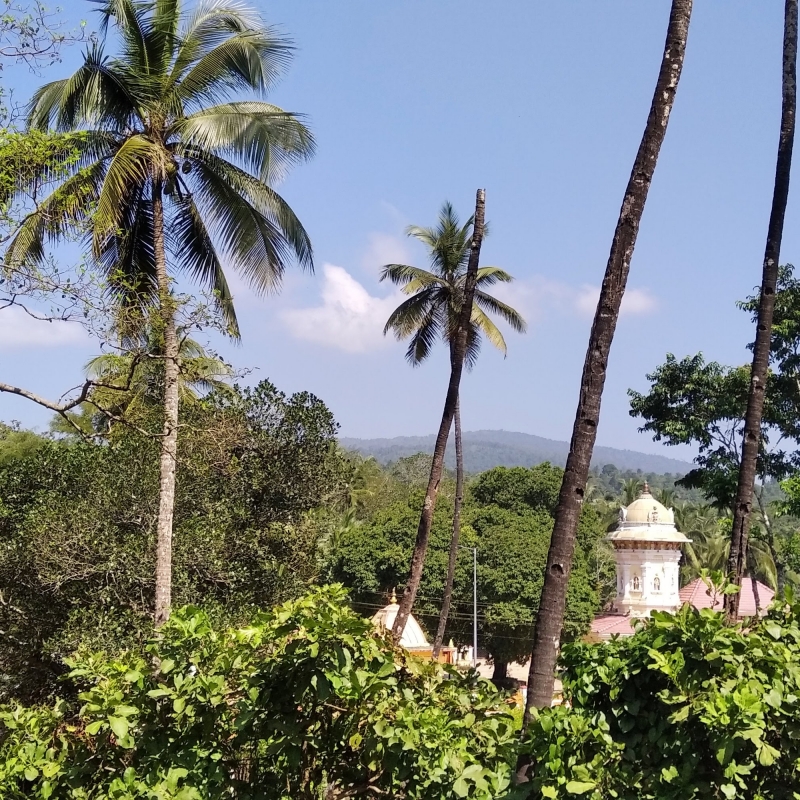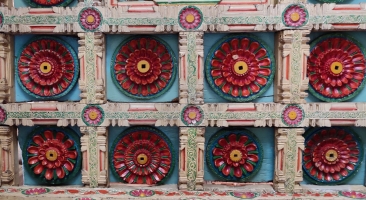Portuguese presence in Goa provoked deep changes in the social and religious aspects of local life. While part of the actual state of Goa was conquered in the beginning of the sixteenth century, the larger area of the territory came under Portuguese administration only in the eighteenth century. Here, besides the famous and large temples renovated during the seventeenth and eighteenth centuries under Maratha influence that presented an Indo-Portuguese aesthetics, we can still find village temples that maintain older wooden structures, in a deep symbiosis with the surrounding forests.
The wooden temples across Goa follow a common structural logic and use the same decorative elements. With shared spatial meanings and architectural grammar, they stand as testimony to the region’s truly vernacular architecture.


